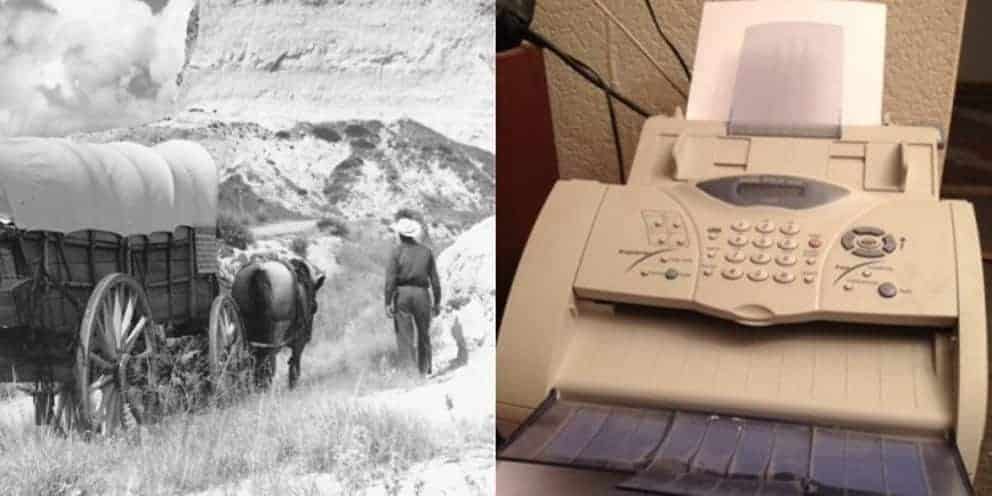Every now and then, our perceptions about when some historical events happened in relation to each other can turn out to be completely wrong. For example, one doesn’t need a specialized course of study to know, based on common knowledge and having watched a few movies, that swords and spears were probably invented before guns. On the other hand, were there fax machines back when wagons full of pioneers were crossing the Great Plains? Was Nintendo around back when Jack the Ripper was active? The answers to those questions, and more, might be counterintuitive because some historic events are actually more recent, or far older than most people assume.
Below are ten events from history with a counterintuitive and unlikely relationship to each other.
Could Betty White Possibly Be the Greatest Thing Since Sliced Bread?
The American actress and comedian Betty White is an entertainment dynamo or Energizer Bunny, who has been performing for over 70 years. She was a television pioneer, and her accomplishments include being the first woman to produce a sitcom. She is perhaps best known for her Emmy-winning roles as Sue Ann Nivens in the popular and groundbreaking sitcom The Mary Tyler Moore Show, and as Rose Nylund in the even more popular and groundbreaking sitcom, The Golden Girls. As of 2018, her career has spanned 75 years, during which she won a Grammy, 8 Emmy Awards in various categories, 3 Screen Actors Guild Awards, and 3 American Comedy Awards. She is in the Television Hall of Fame and has her own star in the Hollywood Walk of Fame. Today, Betty White holds the record for the longest television career of any female entertainer.
Few celebrities as are as beloved in the US as the last surviving Golden Girl. Something about her upbeat and cheerful grandmotherly presence just puts smiles on faces, and that has made her into America’s sweetheart – one who polls frequently rank as the country’s most popular and trusted celebrity. Everybody, it seems, loves Betty White, and she is sometimes referred to as “the best thing since sliced bread“. However, is that a factually true claim. Is America’s sweetheart actually the best thing since sliced bread?

The phrase “the greatest thing since sliced bread” dates to 1928, when loaves of bread that had been sliced with a machine, then packaged for convenience, made their first appearance in the US. It began when Otto Frederick Rohwedder (1880 – 1960), an inventor and engineer, created the first automatic bread slicing machine for commercial use. He sold his first machine to the Chillicothe Baking Company of Chillicothe, Missouri, which became the first bakery to sell pre-sliced bread loaves.
The new-fangled sliced bread was advertised as “the greatest forward step in the baking industry since bread was wrapped” – a bold assertion that contrasted greatly with the experience of actual consumers. Among other things, in the days before preservatives, sliced bread went stale faster than its intact counterpart. It had an aesthetic problem as well: customers simply thought the sliced loaves were sloppy-looking. A stop-gap solution was to use pins to hold the sliced loaves together and make them appear intact inside the packaging.
Eventually, improvements to the slicing machine made the loaves appear less sloppy, and sliced bread eventually gained in popularity until it became an American staple. By then, however, the early and over-the-top advertising puffery had caught on with the public, and made the introduction of sliced bread a marker and frame of reference in the popular lexicon for subsequent claims of greatness.
So, could Betty White possibly be the greatest thing since sliced bread? Well, America’s sweetheart and the most beloved grandmotherly icon was born on January 17th, 1922. That was about six and a half years before the Chillicothe Baking Company sold its first loaf of sliced bread, on July 7th, 1928. Since her birth predates sliced bread, it follows that Betty White could not be the best thing sliced bread. Thus, as a matter of straightforward historic fact, the answer must be in the negative: Betty White is not the best thing since sliced bread. However, sliced bread can make the argument that it is the best thing since Betty White.

